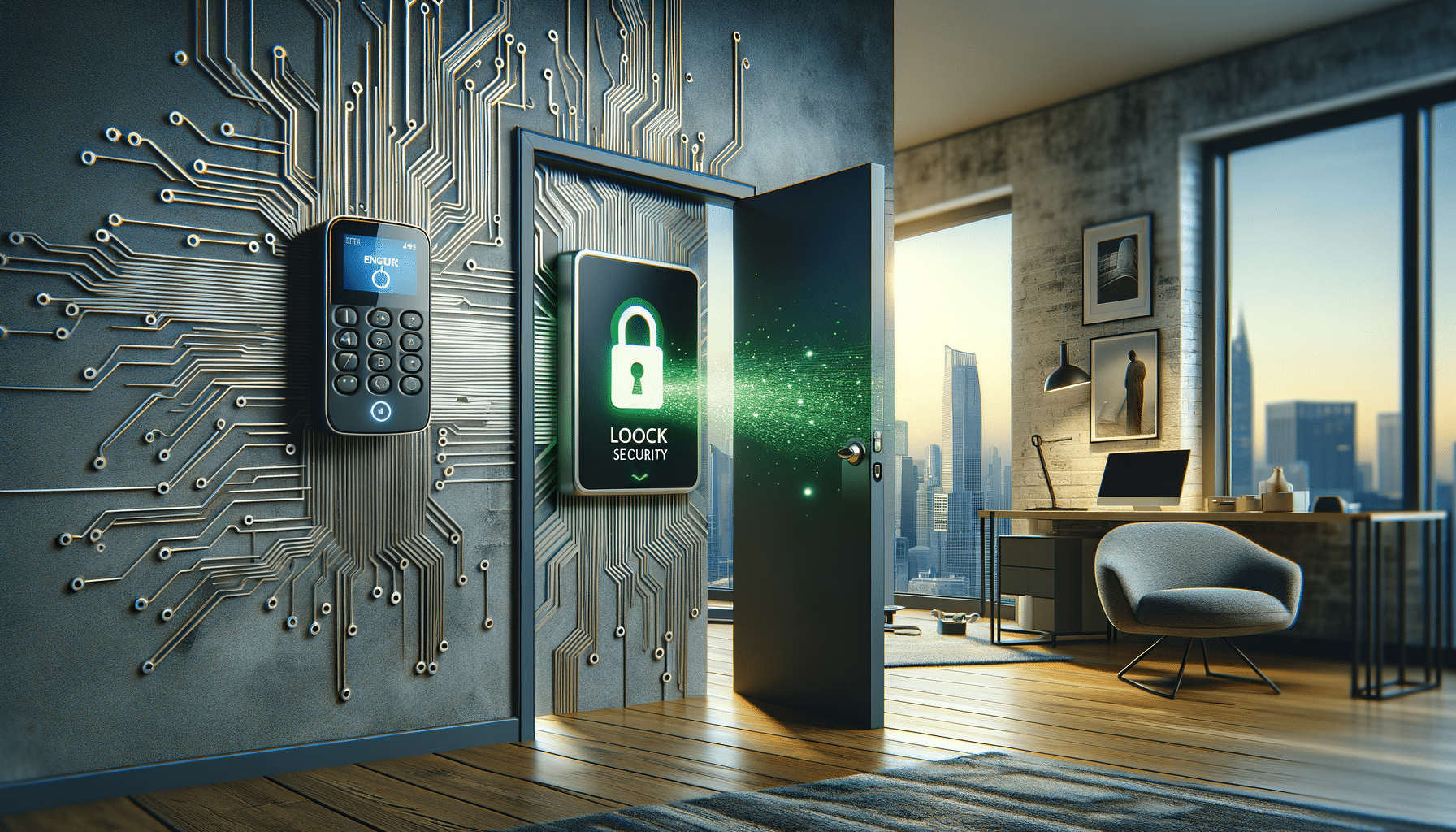
Unlocking the Potential of Key Card Access Systems: A Step Towards Enhanced Security
Introduction to Key Card Access Systems
In today’s fast-paced world, ensuring the security of facilities is more important than ever. Key card access systems have emerged as a modern solution to this age-old challenge. These systems provide a seamless and efficient way to control access to buildings, rooms, or secure areas, making them an integral part of security protocols across various sectors. By replacing traditional keys with electronic cards, these systems offer enhanced security features that are difficult to replicate or bypass.
The relevance of key card access systems spans across multiple domains, from corporate offices to educational institutions, healthcare facilities, and even residential complexes. The ability to track and monitor access in real-time, coupled with the convenience of electronic key management, makes these systems a preferred choice for many organizations. As technology continues to evolve, key card systems are becoming more sophisticated, integrating with other security measures to provide a comprehensive security solution.
How Key Card Access Systems Work
At the core of key card access systems is the use of electronic cards, often resembling credit cards, embedded with a microchip or magnetic strip. These cards store unique identification data that is read by card readers installed at entry points. When a valid card is swiped or tapped, the reader communicates with a central control system to grant or deny access. This process is quick, efficient, and minimizes the risk of unauthorized entry.
Key card systems can be customized to suit specific security needs. For instance, certain areas may require multi-factor authentication, combining card access with a PIN or biometric verification. This layered approach enhances security by ensuring that only authorized personnel can access sensitive areas. Additionally, key card systems often include features such as:
- Time-based access control, allowing entry only during specified hours
- Integration with security cameras for real-time monitoring
- Automatic logging of entry and exit times for audit purposes
These features not only enhance security but also provide valuable data for analyzing access patterns and improving overall facility management.
Benefits of Implementing Key Card Access Systems
Implementing a key card access system offers numerous advantages over traditional lock and key methods. One of the primary benefits is the enhanced security it provides. Since key cards can be easily deactivated when lost or stolen, the risk of unauthorized access is significantly reduced. This contrasts sharply with traditional keys, which require changing locks if lost.
Moreover, key card systems offer unparalleled convenience. Users no longer need to carry bulky key rings or remember multiple codes. A single card can provide access to multiple secured areas, streamlining the entry process. For facility managers, these systems simplify access management, allowing for quick updates to permissions without the need for physical rekeying.
Additionally, the ability to track and monitor access in real-time provides valuable insights into facility usage. This data can be used to optimize security protocols, identify potential vulnerabilities, and ensure compliance with regulatory requirements. Overall, key card access systems offer a robust, flexible, and scalable solution for modern security challenges.
Challenges and Considerations in Key Card Access Systems
While key card access systems offer numerous benefits, they also present certain challenges that must be addressed. One potential issue is the reliance on technology, which can lead to vulnerabilities if systems are not properly maintained or updated. Regular software updates and security patches are essential to protect against cyber threats and ensure system integrity.
Another consideration is the initial cost of installation and setup. While the long-term benefits often outweigh these costs, organizations must be prepared for the upfront investment required to implement a comprehensive key card system. Additionally, training staff to effectively use and manage the system is crucial for maximizing its effectiveness.
Finally, organizations must consider the potential for system malfunctions or failures. Having a backup plan in place, such as manual override options or alternative access methods, can prevent disruptions in access and maintain security during unforeseen circumstances. By carefully planning and addressing these challenges, organizations can fully leverage the advantages of key card access systems.
Conclusion: Embracing the Future of Security
Key card access systems represent a significant advancement in security technology, offering a modern solution to access control challenges. Their ability to enhance security, provide convenience, and offer valuable insights makes them an attractive option for a wide range of applications. As technology continues to evolve, these systems are expected to become even more sophisticated, integrating with other security measures to provide comprehensive protection.
For organizations considering implementing a key card access system, it is essential to weigh the benefits against the challenges and plan accordingly. By doing so, they can ensure a smooth transition and maximize the system’s potential. Embracing key card access systems is not just about enhancing security; it’s about taking a proactive approach to safeguarding assets, people, and information in an increasingly complex world.

